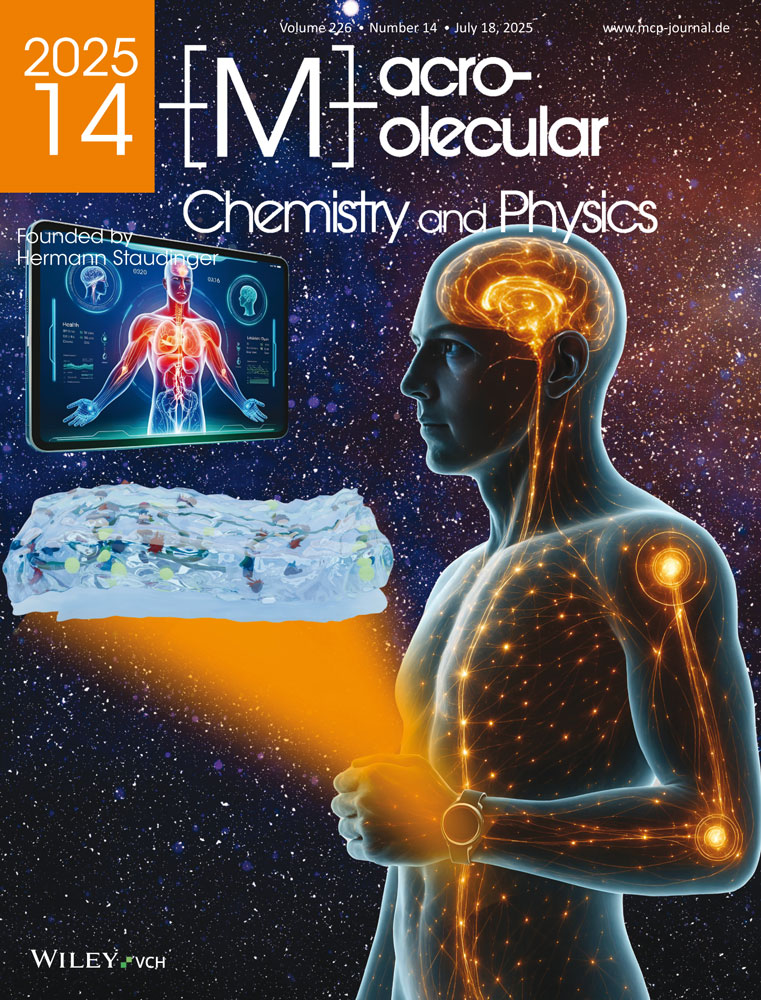High performance aromatic polyimide fibers, 3.† A polyimide synthesized from 3,3′,4,4′-biphenyltetracarboxylic dianhydride and 2,2′-dimethyl-4,4′-diaminobiphenyl
Part 2: cf. ref.2
Abstract
A new high molecular weight aromatic polyimide has been synthesized from 3,3′,4,4′-biphenyltetracarboxylic dianhydride (BPDA) and 2,2′-dimethyl-4,4′-diaminobiphenyl (DMB) in p-chlorophenol at elevated temperature. BPDA-DMB fibers have been spun by a dry-jet wet spinning method. The fibers were elongated and annealed at elevated temperatures above 400°C to achieve excellent mechanical properties. In seven times drawn fibers, the BPDA-DMB molecule packs into a triclinic unit cell with dimensions of a = 2,10(2) nm, b = 1,523(8) nm, c = 4,12(7) nm, α = 61,2(6)°, β = 50,7(7)°, and γ = 78,9(6)° with the number of chain repeating units per unit cell (Z) is sixteen. After annealing at elevated temperatures, the fibers produce a small modification of the unit cell [a = 2,048(6) nm, b = 1,529(5) nm, c = 4,00(2) nm, α = 62,1(3)°, β = 52,2(3)° and γ = 79,6(3)°]. By increasing the draw ratio, both the crystallinity and crystal orientation increase. The BPDA-DMB fibers possess a decomposition temperature of 530°C in nitrogen and 500°C in air at a 5% weight loss when the heating rate is 10°C/min. After extensive drawing, BPDA-DMB fibers exhibit a tensile strength of 3,3 GPa and a tensile modulus of over 130 GPa. Dynamic mechanical behavior of the fibers show both α (glass transition) and β (sub-glass transition) relaxations above room temperature. The nature of the sub-glass transition behavior is described as a noncooperative motion attributed to the diamine portion of the molecule. The activation energy for this relaxation in as-spun fibers is 109 kJ/mol and increases to 144 kJ/mol by increasing the draw ratio. This β relaxation is found to be crystallinity dependent. The α transition is also suppressed by crystallinity which increases with draw ratio.




